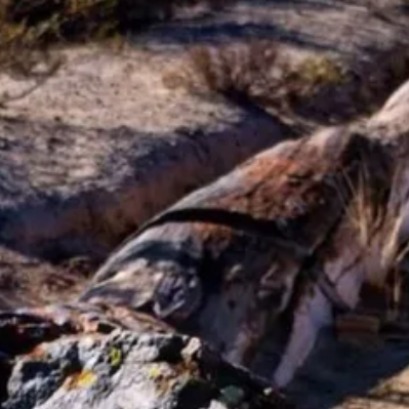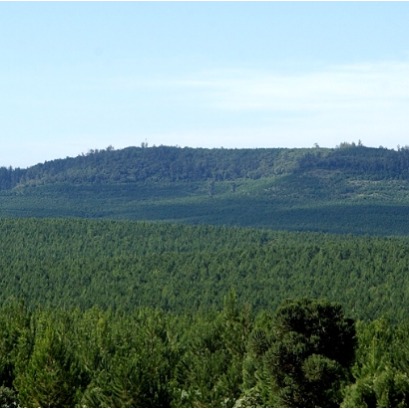
The tree that retains more water in the world: stores up to 120,000 liters inside
With its imposing trunk and capacity to store water, this tree is a symbol of adaptation and survival in the most extreme environments on the planet.
There are amazing trees in the world, but few match the capacity for adaptation and resistance of the majestic baobab. This tree, known for its imposing silhouette and enormous trunk, has evolved to become a true natural reservoir of water. Beyond its unique appearance, the baobab is a symbol of survival in extreme conditions. Its peculiar shape is no coincidence: it functions as a living reservoir that allows it to withstand prolonged droughts. In recent years, this tree has sparked the interest of scientists, explorers and nature lovers. We tell you where it grows and why it is so special. The tree that retains the most water in the world: it stores up to 120,000 liters inside. The baobab is found mainly in Africa, especially in Madagascar, although it also grows in arid regions of Australia and India. It is estimated that it can live more than 1,000 years and, thanks to its wide, spongy trunk, it is capable of storing up to 120,000 liters of water during the wet season, to survive long periods of drought. Known as ?the bottle tree?, the baobab not only adapts to the dry climate, but also offers food, shade and medicine to the communities that live near it. Its ability to store water in the trunk is one of the reasons why it has been revered for centuries by different African cultures. Trees: what is the baobab like and why does it retain so much water? Some baobabs measure more than 30 meters in height and 11 meters in diameter. In many African villages, they are the center of meetings, legends and ceremonies. Its trunk, soft on the inside, allows it to absorb and retain water like a giant wooden sponge. This tree has unique characteristics:? Spongy and hollow trunk: its porous interior is adapted to retain enormous amounts of water for months.? Medicinal leaves and fruits: its fruits, rich in vitamin C, and its leaves are used in traditional African medicine.? Deep roots: which reach underground layers with humidity, allowing water to be absorbed even in dry soils. ? Ecological and cultural importance: it is key to the ecosystem, offering shelter to birds, insects and mammals, and it is considered sacred in many regions. Beyond its ecological value, the baobab represents the ability to adapt to the harshest conditions in the world. Its image, solitary and powerful in the middle of the dry landscape, invites us to reflect on the balance between nature and human life.
IT MAY INTEREST YOU
 The forest of the oldest shadows: the story of the petrified trees
The forest of the oldest shadows: the story of the petrified trees
One of the natural treasures of Río Negro turns 23 years old under the protection law that allows its conservation. Where it is and how it was formed. Río Negro celebrates 23 years of conservation in the petrified forest as a Protected Natural Area (ANP). It is a space of 625 hectares that protects an exceptional site of fossil trunks that date back more than 60 million years.
 Experts cant believe it, but this tree is the oldest in the world and continues to bear fruit: it is 4,000 years old.
Experts cant believe it, but this tree is the oldest in the world and continues to bear fruit: it is 4,000 years old.
Nature keeps secrets that defy the passage of time, and one of the most surprising examples is a tree that, approximately 4,000 years old, continues to bear fruit today. This specimen has become a symbol of resistance and longevity, capable of surviving climate changes, landscape transformations and human activity itself.
 Free seminar on the implementation of the European EUDR regulation on deforestation-free wood products
Free seminar on the implementation of the European EUDR regulation on deforestation-free wood products
The Argentine Forestry Association (AFoA) organizes the seminar «EUDR in Forest Products: Current status of implementation. Regulatory requirements and private experiences", which will take place on Wednesday, November 26, from 11:00 a.m. to 12:00 p.m., via Zoom, with live streaming on YouTube. The European Regulation on Deforestation-Free Products (EUDR) will enter into force on December 31, 2025 and will impose new requirements for forest products entering the European Union market.





















